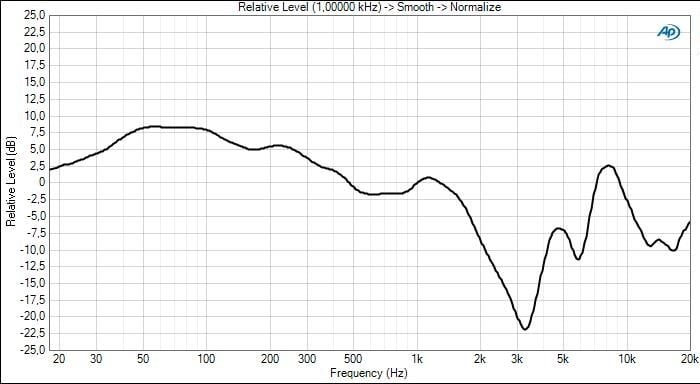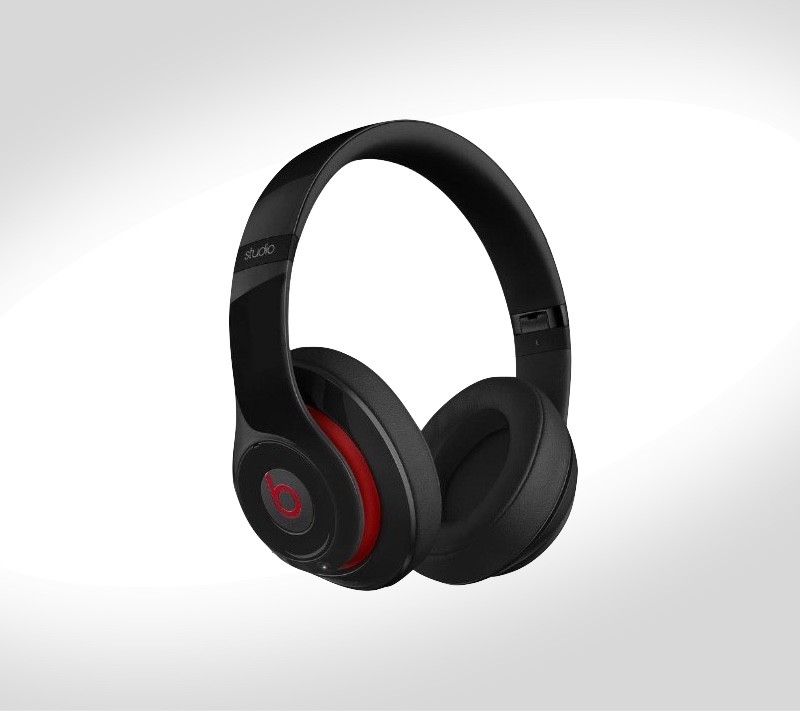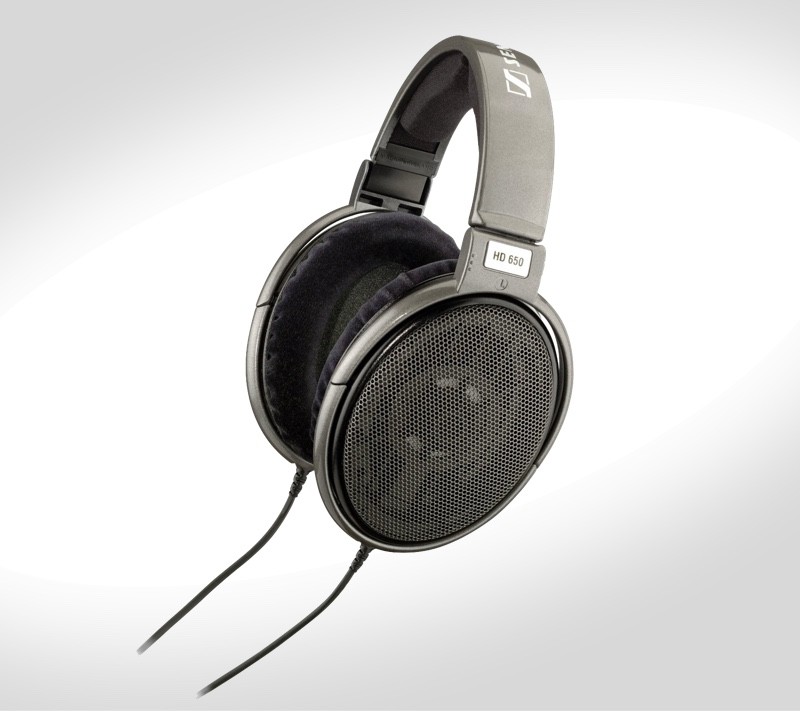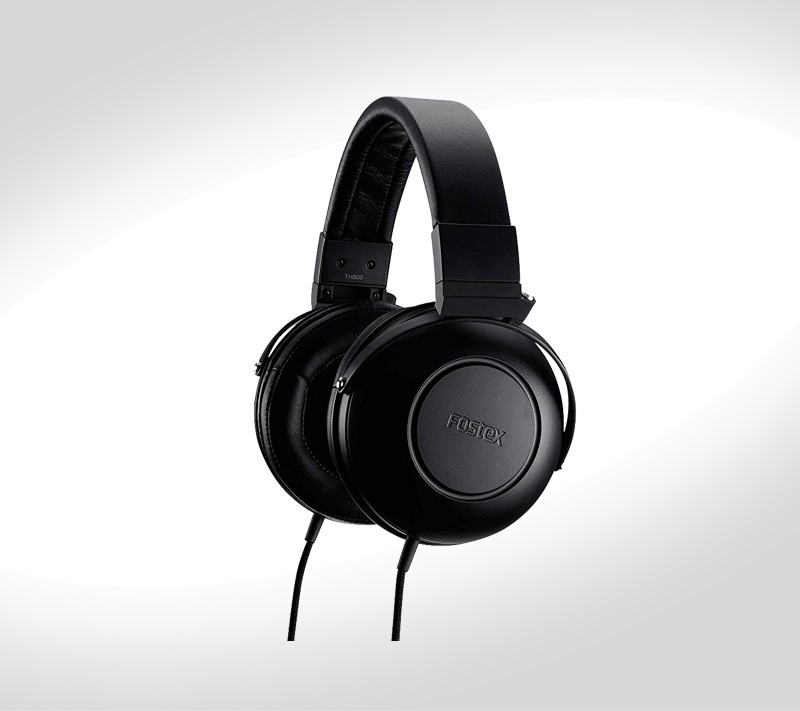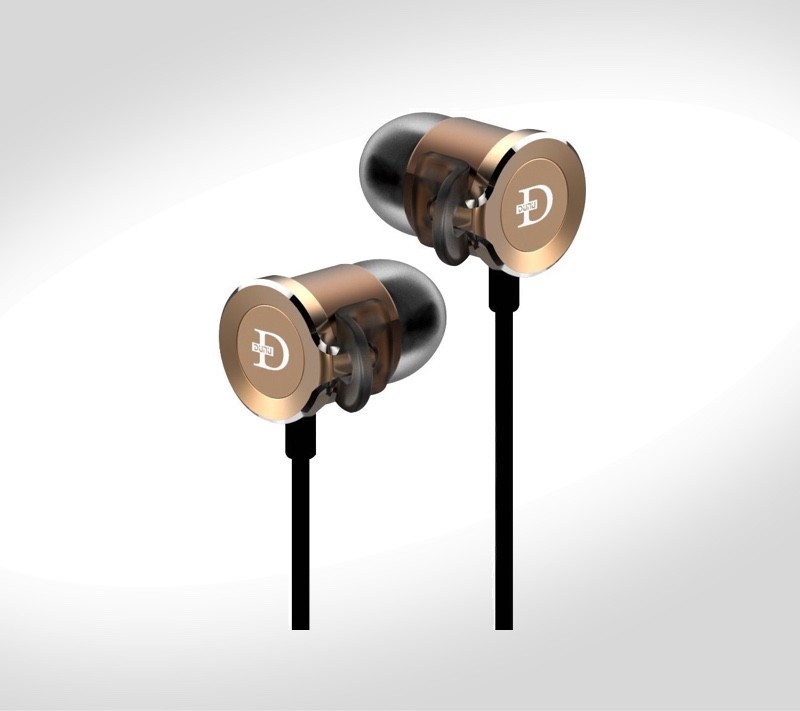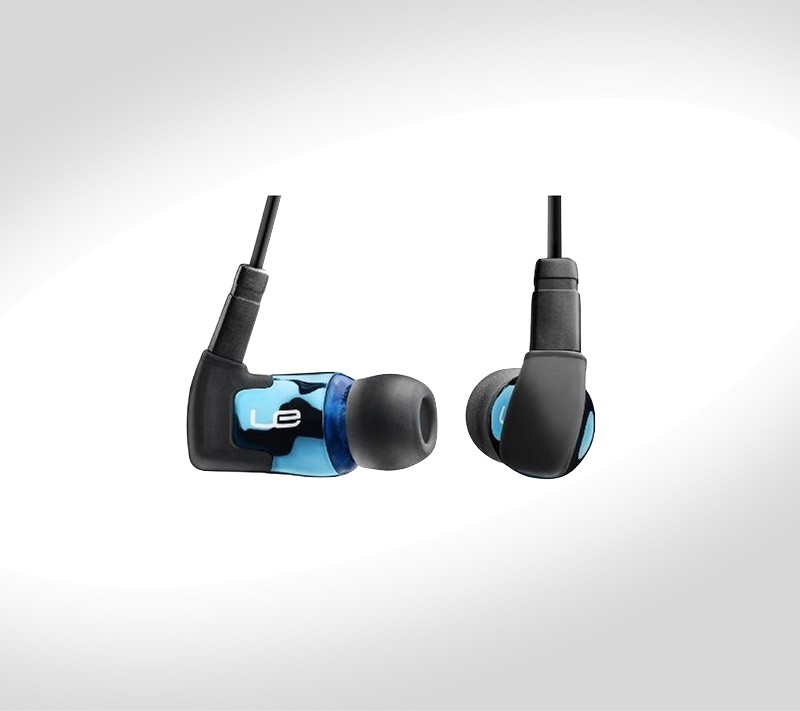Headphones from different manufacturers have their own sound signature/characteristics. Some headphones have overall flat sound profile while some headphone have a certain coloration to their profile. This is why the same song can sound different through different headphones. Depending on the genre of music you listen to, you should pick a headphone with the appropriate sound characteristics. This can enhance your listening experience.
What is a V-shaped sound signature?
A V-shaped sound signature has an elevated bass (low frequency) and treble (high frequency) with a recessed mid-range. In laymen terms, the headphone has a strong bass with energetic treble. The vocal sound will be sitting in the background behind the bass and treble.
What type of music does a “V-shaped” headphone excel in?
Basically, music genres that tend to have more lows and highs such as Hip hop, pop, modern rock and EDM. The boost that V-shaped headphones give to these types of music is significantly stronger than others. On the flip side, genres like classical, indie rock and bluegrass which have a more balanced low, mids and highs will sound lackluster. The audio sounds slightly hollower on a V-shaped headphones and tends to get lost in the mix.
So why are headphones with the V-shaped sound signature so popular?
Humans are intrinsically attracted to sound that are more colored than those with a flat profile. Headphones with V-shaped sound signature tend to have booming bass and sparkling treble, which makes for a more exciting listening experience. As a result, the audio seems “brighter” and the human brain finds this particularly pleasing. Among audio buffs, the V-shaped sound is also known as “fun sound”.
Other sound signatures
As mentioned, V-shaped is just one way to describe the frequency response curve of the sound. There are many other ways to describe a sound. To name a few: “Colored” – the audio is non-neutral or non-accurate to the original sound. You can define it as distorted sound but it is way less negative. “Dark” – The high is recessed, hidden behind the bass and mid frequency “U-shaped” – This is somewhat similar to V-shaped, except that the recessed mid is less dramatic than the V-shaped sound profile Now that you know more about V-shaped headphones, you might want to check out the popular V-shaped headphones and IEMs in the consumer market. We compiled a list of 3 headphones and 3 IEMs that are known for their V-shaped sound signature.
Headphones
1) Beats Studio
Without the doubt, the most famous headphone with a V-shaped sound signature. The bass is light, tight and well-controlled without causing any listening fatigue to your ear. With a dynamic compression applied to the new Beats Studio, the highs are now more balanced with the bass and are handled flawlessly.
2) Sennheiser HD650
The HD650’s bass is noticeably warm but not as tight or deep as the Beats. However, the punch it gives is still pretty solid. The treble frequency sounds natural, smooth and balanced with the lows. Sounds from the HD650 comes out clean and pure with no distortion detected at all, giving us a high fidelity experience. Do take note that this is an open headphone.
3) Fostex TH-600
This headphone is as premium as they come and it exhibits its fun factor via the tight bass and clean high. The mid-range is not as recessed as the two mentioned above so you can consider TH-600’s sound signature as “U-shaped”. However, the lows and highs seem to be slightly overpowering at times. So if you are listening to songs that favor brightness such as EDM or pop, you might get ear fatigue after an extended period of listening.
IEMs
1) Sennheiser Momentum
Bass is tight and clear but not powerful. The highs get slightly overbearing when the volume is high. However, it should still appeal to a bass head on a budget. So for less than $100, this stylish earphone with lots of bass is quite a steal.
2) DUNU DN-2000
A no-frills IEM that reproduce the true audio of your music. If you throw it a sloppily-recorded track, you can hear the hiss and sibilance. But if the tracks are well-recorded, this is where DN-2000 shines. With a 2 balanced armature driver (2BA) and 1 dynamic driver, DN-2000 combines the best of both technology together. It has a much stronger and deeper bass than the Sennheiser Momentum, aid by the dynamic driver. With the 2BA driver, DN-2000 also performed well in the treble department.
3) TripleFi 10
TripleFi 10 (TF10) has a triple balanced armature driver delivering the V-shaped sound signature. The bass is punchy but doesn’t sound as organic as DN-2000 due to the lack of a dynamic driver. TF10’s treble is truly outstanding due to the 3BA driver. The highs are crisp and bright, yet not overwhelming.
